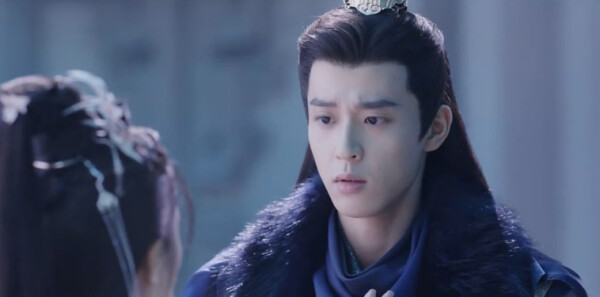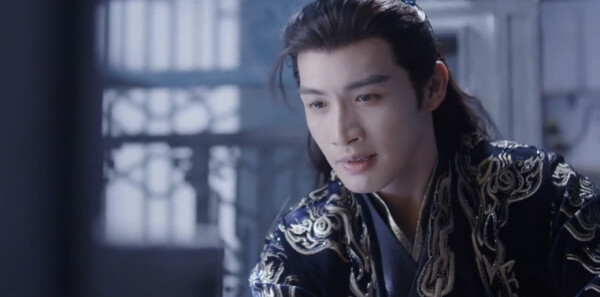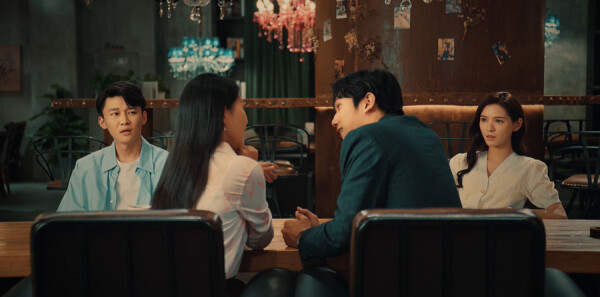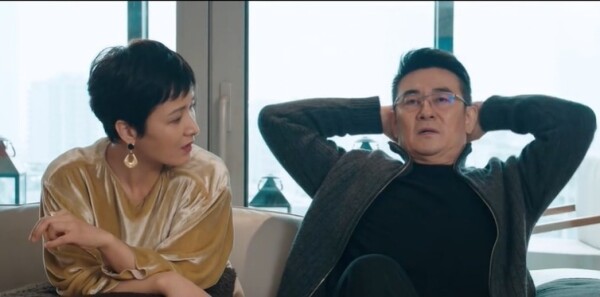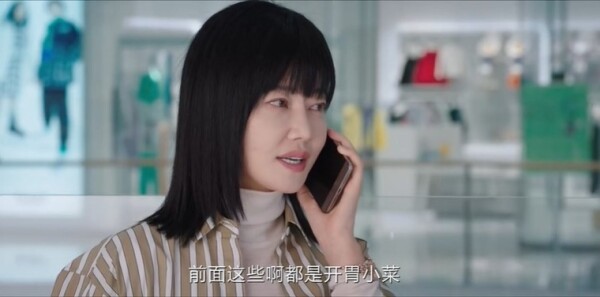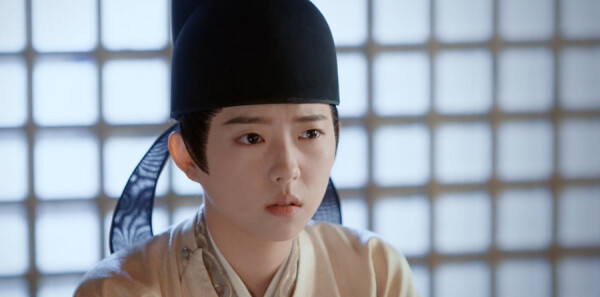My Name Is Red《pieces of inspiration》
- 书评
- 2023-03-26 04:47:25
- 70
Words ahead:
After a week’s hard work on this essay I’ve learned a lot. The reason I chose this book written in English among thousands is that on one hand I’ve read the Chinese version which would help me understand the whole novel better; on the other hand I tried to get touch with the literature of Turkey which may show me a totally different scene from what I’ve ever seen. Excitedly but sadly when I checked the passage this morning I found myself in an embarrassing situation where I could hardly express my feelings inside although I am able to show it out in Chinese. All in all I’m proud of my persistence and diligence. Hope you’ll like it.
Why my books could receive such popularity in Turkey is because I have found a kind of mysterious balance between the eastern and western worlds.
--Orhan Pamuk(translated by me)
Now I want to give an introduction of the fiction to you:
“Detailed painting” the special art of Turkey had been up to “perfect” with the help of the artists’ unselfish devotion and efforts generation by generation. And its characteristic which might not be so in fashion was being clamped down by the Venice portraiture which stood for the western st
Next I would like to say something about the book from two aspects the trick of the novel and its worth.
Generally speaking novels have two kinds of tricks often used. One called “the serious novels” begins with quarrel and ends in death while the other is called “understandable-by-the-general novels” which is just the opposite toward the serious one. In my opinion Pamuk belongs to the combination of both of them. The other day I thought about whether red was a pure mystery or historical novel but then I drew to the conclusion: As a mystery and a reworked folktale red has some surprising twists and turns powering a readily engaging plot; as a historical novel its setting in late sixteenth century Istanbul is convincingly detailed; and as a novel it offers some memorable characters and complex relationships. So it not all about a historical or a mystery fiction. In other words red is on the brink of historical and realistic novels with the following reasons:
Firstly it’s more than subjectivism and romantic. Secondly with all-dimension narration it could reappear the diverse theme perfectly. Thirdly it applies the reflection of the crisis of modern times’ culture to an art-form which has gone away. As a matter of fact O.P. has balanced a trail with a new way of writing novels even if he hasn’t noticed.
Red absorbs the elements of murder and love and tells a string of fantastic stories and emphasizes the theme of culture (especially the cultural conflict between eastern and western world) dilemma and solutions. Neither the murder nor the artists Pamuk wrote mostly about a passer-by nicknamed “black”. “Black” is similar with the leading role who can be looked upon as a “clue figure” in the narration of the traditional stories. According to my comprehension it is the three main clues that we must get to know: the love story of Shekure and “black”; black’s inspection of the murder; the cultural stories given voice by a storyteller in a coffeehouse.
It is known to all that the innate qualities of this novel is to make the writer—who’s who—disappear from the fiction and to raise a point of view in the control of the writer. Pamuk took the advantage of the skill of translating complicated figures and deduced all kinds of elements vividly. What’s worth praising he combined Turkey’s traditional culture and some philosophic thinking organically to give it the aesthetic spirit of novels superior to life. To me the philosophic thinking and me
Here comes the deeper meaning of the novel. It is the western culture that takes control of the world’s cultural trend nowadays. Many eastern nations just make a fuss about it or chicken out when faced with it. However unlike dozens of others O.P. has been opening as many doors as possible to criticize America who is used to going over the top to mass with eastern countries from all sides now and then especially snuffing out their cultures. That kind of behavior sometimes involved with religion is always causing disasters to those innocent people. Therefore from my point of view O.P. is rather a Turkey citizen with strong sense of responsibility than a political writer.
Pamuk carved different characteristics of one figure at the same time in order to dissect the mystery of humanity contained in the cultural conflict(the talk of all town for years) in a way of humor. To conclude red should be seen as a contemporary cultural novel because O.P. expressed the literature resort that we have our rights to talk and be admitted.
Literature bears a close relationship with the spirit of the times and social life. Tragedy lies in cultural conflicts but has its roots in humanity. O.P. sees it clearer than anyone of us. Not only did O.P. point out the symptom of the cultural conflicts but he came up with a solution as well. He said” It’s good to own two souls in one mind because that’s the realest way of being. …Two souls can talk together argue together and translate together.” (Newyorker 7/9-1999) That is to say eastern and western cultures ought to live peacefully together.
Couples of years ago someone should have stood out to call for eastern people to rescue ourselves and to some extent the world and now we have good reason to say” we found him Pamuk!”
We are bound to come to an agreement through it all. And this novel also relates to this point: The profound connotation of the novel is: everybody has a Satan with him all his life and the Satan is the murderer of separating eastern and western worlds. So let’s rub out Satans and live on friendly terms and harmoniously. And still I think a great Chinese in the field of writing will come on to break the ice just as pamuk does even though I know that it might be light years away from agreement.
本文由作者笔名:小小评论家 于 2023-03-26 04:47:25发表在本站,文章来源于网络,内容仅供娱乐参考,不能盲信。
本文链接: http://www.w2mh.com/show/20304.html
 小小评论家
小小评论家







